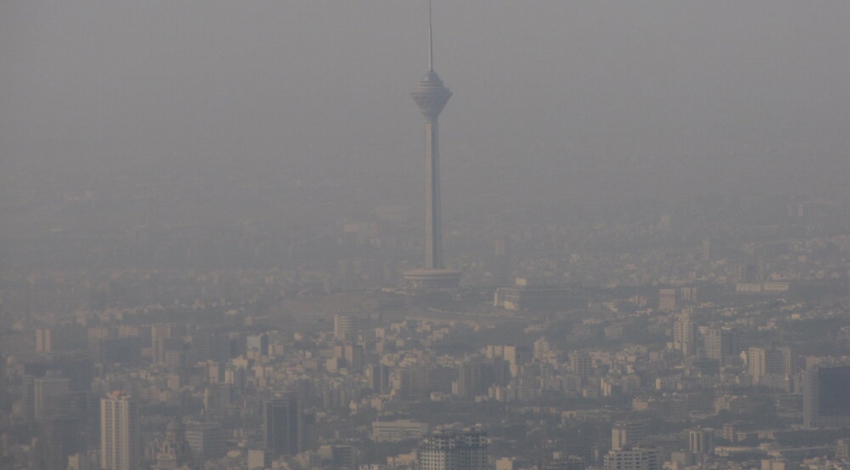Saturday 19 November 2022 - 21:05
Story Code : 401795
Air pollution kills more than AIDS and malaria
Air pollution is one of the important environmental risk factors, health ministry official Abbas Shahsavani has said.
By reducing pollutants, the burden of related diseases including stroke, heart disease, lung cancer, and acute and chronic respiratory diseases, can be reduced, he further stated.
The expansion of urbanization, population growth, industrial development, transportation, and inappropriate consumption patterns have increased the concerns about the intensification of air pollution that causes adverse effects on the health, well-being, and productivity of the society, he explained.
The World Health Organization estimated in 2019 that air pollution leads to more than 7 million premature deaths annually. The guidelines of the World Health Organization in 2005 show that reducing the concentration of PM10 particles from 70 micrograms per cubic meter to 20 micrograms per cubic meter will reduce the death rate by 15 percent.
The World Health Organization estimated in 2019 that outdoor and indoor air pollution in urban and rural areas leads to more than 7 million premature deaths annually. Also, based on a report in 2019, it was found that in the world, on average, about 54 percent of premature deaths related to outdoor air pollution are due to ischemic heart disease and stroke.
Also, seven percent of premature deaths of lung cancer and 19 percent of premature deaths of chronic obstructive pulmonary disease are related to outdoor air pollution.
Pointing out that air pollution is the fourth cause of death in the world according to the latest report, he said that exposure to air pollution in developed countries is the fourth cause of death in the world after metabolic risks, diet, and cigarette smoke. Meanwhile, in developing countries, air pollution is the third risk factor for death.
Considering air pollution as a leading health hazard in the world, he stated that in 2019, one out of every nine deaths occurred due to air pollution.
Currently, 99 percent of the world's population lives in polluted areas (the annual concentration of suspended particles PM2.5 is higher than the World Health Organization guidelines, i.e. more than 5 micrograms per cubic meter), and the risk is even higher in the middle and low-income countries.
The probability of death in children under the age of five in low-income countries due to exposure to air pollution is more than 60 times higher than in high-income countries. Also, the number of people who die annually from air pollution in the world is more than 6 times the number of people who die from malaria and more than 4 times the number of people who die from AIDS.
In 2013, about five percent of the deaths of children under the age of five and 10 percent of the deaths of adults aged above 50 were attributed to air pollution. This age pattern of mortality has remained unchanged since 1990. On the other hand, among all ages and in all time periods, the share of men in premature death due to air pollution is reported to be more than that of women.
From 1990 to 2013, the premature death attributed to PM2.5 particles increased by 30 percent, reaching from 2.2 million to 2.9 million deaths per year in the world.
Comfort loss due to exposure to PM2.5 particles outdoors has increased by 63 percent and these costs have reached $3.55 trillion. Also, the cost of lost income from work due to PM2.5 air pollution has increased from $103 billion to $144 billion per year.
Pointing out that air is one of the most basic physiological needs of humans, he said that it is impossible to imagine life without air even for a few minutes.
By TEHRAN TIMES�
# Tags











